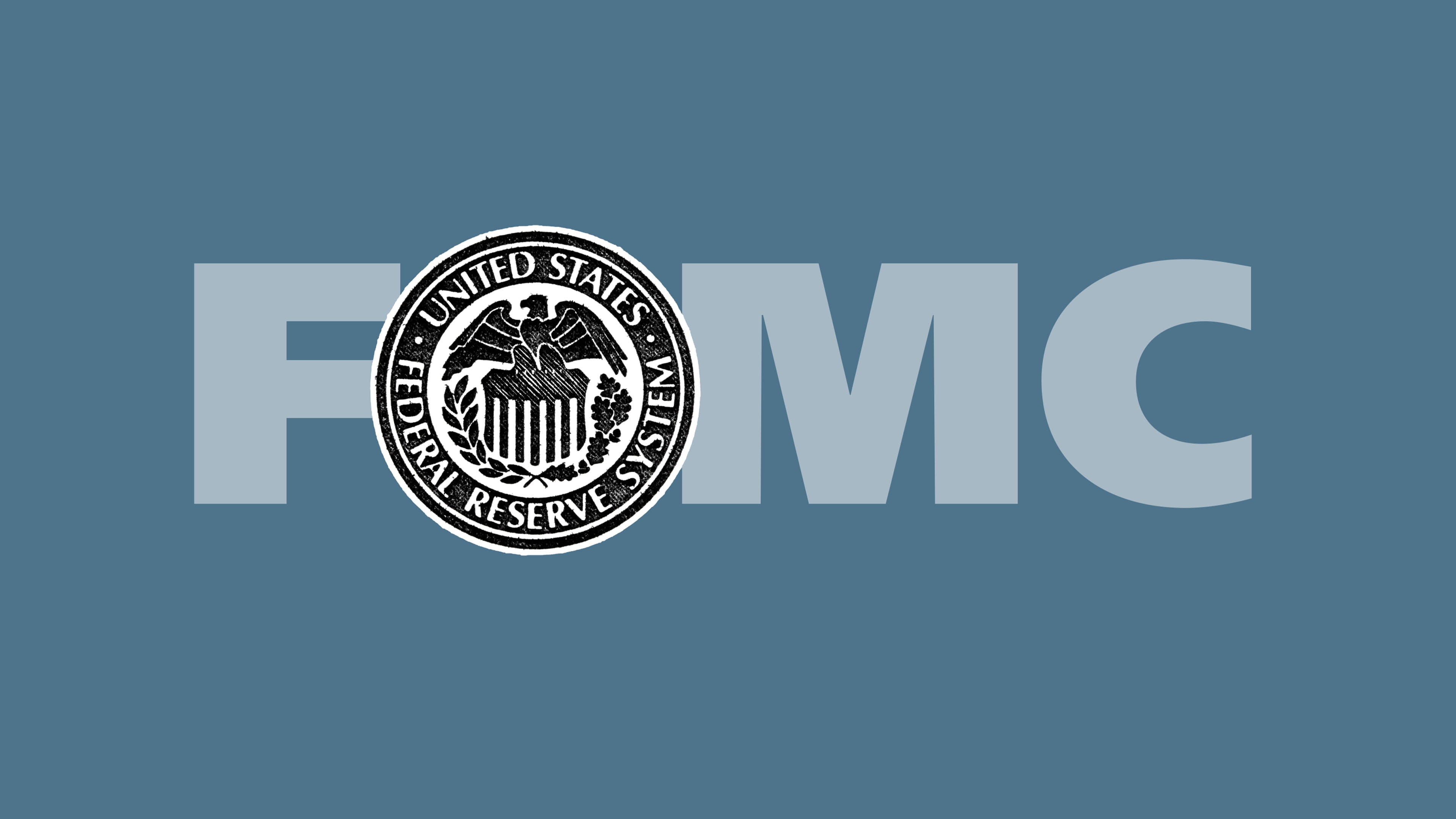

Federal Reserve Chair Jerome Powell’s comments after two days of policy meetings were not as hawkish as many had feared given that U.S. inflation and economic activity reaccelerated in the first quarter. While acknowledging that sticky inflation means interest rate cuts will come later than previously expected, Powell said officials had not seriously considered hikes. In our view, lack of progress on inflation in the first quarter could delay rate cuts until the end of the year or even into 2025.
Instead, officials seem attentive to downside risks, such as rising unemployment, and comfortable with pursuing something akin to the Fed’s opportunistic disinflation strategy of the 1990s. That could mean keeping rates on hold and allowing inflation to drift lower over time. In short, the Fed sees the costs of tightening outweighing the benefits of a more rapid decline in inflation.
Nevertheless, the May meeting of the Federal Open Market Committee (FOMC) was another reminder that the Fed’s reaction to macroeconomic regimes has shifted dramatically: The Fed is now willing to be patient with inflation back in “2-point-something” territory. Yet it also stands ready to cut rates were the economy to materially weaken and unemployment to rise.
Higher for longer
The Fed’s preferred inflation measure (core personal consumption expenditures (PCE) inflation) reaccelerated to 3.7% in the first quarter of 2024 compared with the same period a year ago, on an annualized and seasonally adjusted basis, following two consecutive quarters at target. We project this inflation gauge is likely to remain around 3% in the second quarter. However, the reacceleration did not prompt a more significant change in tone for Chair Powell. Speaking to reporters after the FOMC meeting, Powell emphasized that monetary policy remains restrictive; he noted the Fed could cut rates if downside risks to the labor market materialize; and he reiterated that factors such as residual seasonality, beginning-of-year effects, and statistical noise could make the current inflation resurgence temporary. A rate hike was still “very unlikely” at this point, he said.
Hawkish revisions coming
Although Powell was careful to avoid signaling a more significant change in the Fed’s outlook, we continue to believe officials will materially revise their forecasts at their next meeting in June. Specifically, we anticipate that FOMC participants will adjust their core PCE inflation forecast upward, closer to 3% from 2.6% in March, and will also revise their interest rate path projections upward. We believe the median 2024 rate forecast will imply at least one cut. However, hotter inflation still raises the risk that they do not cut rates at all this year.
Taper and extend
The Fed also announced a “taper and extend” change to its balance sheet policy. It will slow the rate at which it’s running off Treasuries from its balance sheet from $60 billion to $25 billion per month. As expected, the pace of the runoff of mortgage-backed securities will remain unchanged. This reflects the fact that paydowns have consistently come in under the caps and we believe officials would prefer to have an all-Treasury balance sheet in the long run. The decision to implement this change at the May FOMC meeting, a time when reserves remain abundant, suggests the Fed intends to continue quantitative tightening through 2025.
Back to the 1990s?
The Fed’s current approach – keeping rates on hold even while inflation remains above target – has drawn parallels to the “opportunistic disinflation” strategy of the 1990s.
In their seminal 1997 paper, “The Opportunistic Approach to Disinflation,” Athanasios Orphanides and David W. Wilcox argue that when inflation is elevated, the central bank should set policy at a sufficiently restrictive level to push inflation back down toward target. However, once inflation has moderated below a threshold – in the 1990s, that appeared to be between 3% and 4% – the Fed should behave asymmetrically, attempting to guard against reacceleration, but avoiding tightening policy to the point that it creates further downward pressure on real economic activity or employment. For the Fed today, we believe the threshold is a sustained period of above-3% inflation.
A parallel that Fed officials might draw from the 1990s is how strong productivity growth during that period helped alleviate inflationary pressures and how China’s inclusion into world trade markets helped support supply-side gains – two ingredients of the sort we believe are necessary for a soft landing after a period of elevated inflation. Fed officials have repeatedly emphasized the role they believe supply-side gains – including normalized Chinese supply chains after pandemic disruptions and elevated immigration – are playing in helping achieve their inflation objectives. However, given productivity gains from AI are only likely over a secular horizon, and there are greater concerns from China’s trading partners about its growing glut of cheap goods, there are also some key differences between now and the 1990s. Inflation may continue to prove stubborn, leaving policy rates elevated, and the Fed stuck on hold.

